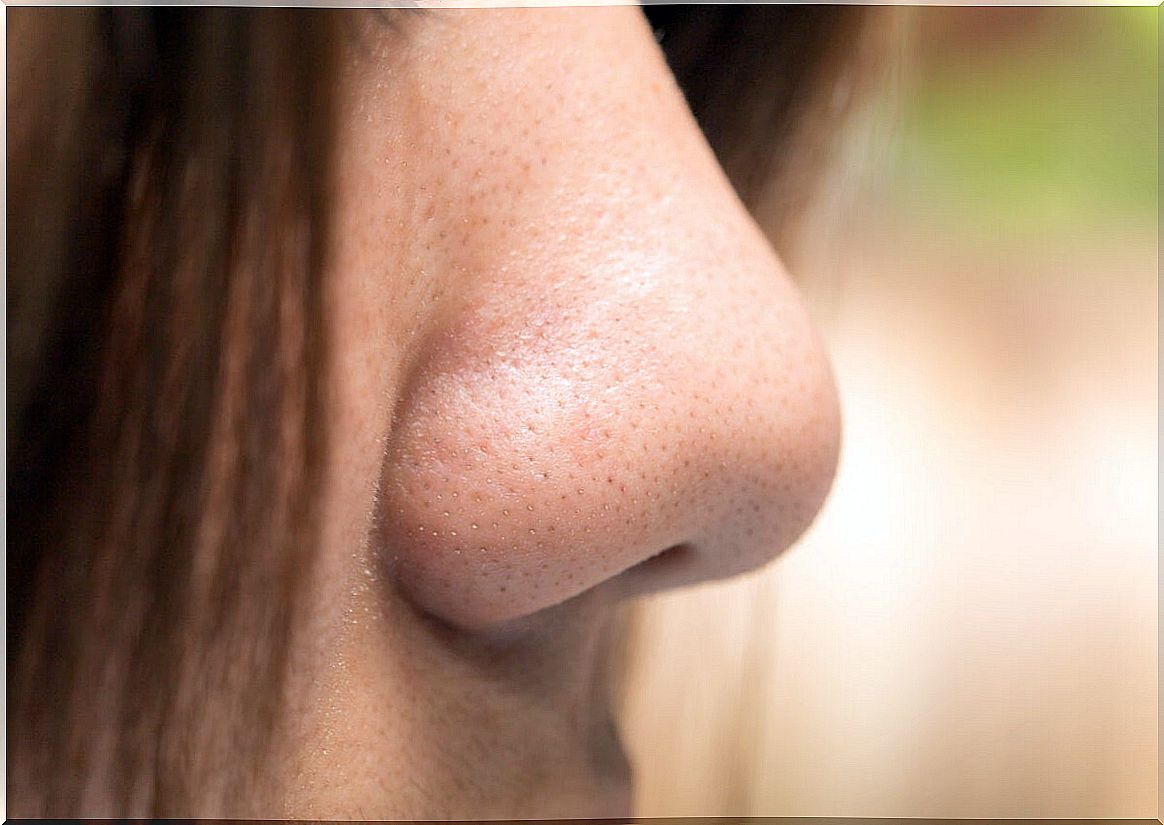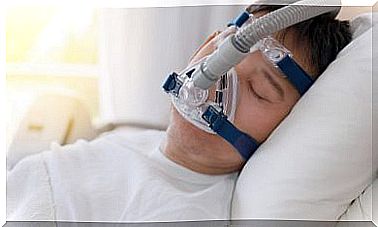Fantosmia: How Do Olfactory Hallucinations Occur?
Smell of rotten or burnt bread. Feeling a stench of chemicals or tobacco smoke. Phantosmia defines an alteration of smell that makes us perceive odors that are not real. That is to say, that olfactory stimulus that we think reaches us from the outside to the nostrils does not exist. It is the brain that makes us experiment.
People with this disorder are not losing their mind or entering into any psychiatric condition. They know very well that what they feel is not real and hence the confusion. It should also be noted that this phenomenon is not something isolated or punctual. In reality, there are many who, reaching a certain age, begin to report this curious alteration.
These olfactory hallucinations make an appearance around the age of 40 and become more intense as we get older. Likewise, the demographic evidence on its incidence tells us that it is much more common in women. We analyze it.
Causes of phantosmia
The perception of odors that do not exist can become limiting. Phantosmia is still an unpleasant experience. Suddenly, the person feels foul odors that annoy and disrupt daily life. Thus, and as striking as it may seem, this condition is suffered by 1 in 15 people over 40 years of age.
Studies, such as those carried out at the University of Vermont and the Maryland National Institute of Health, show us that it has a higher prevalence in women, especially when they belonged to more disadvantaged backgrounds. Likewise, it also seems to correlate with other realities that we analyze below.

Peripheral and central phantosmia
We can distinguish two types of phantosmia: peripheral and central. The first appears when the origin of the alteration is in the nostrils. The central one, for its part, is already a bit more complex, since it would be due to a brain trigger. In the latter case there is greater persistence and, therefore, it can be extremely problematic.
Xerostomia or dry mouth
Dry mouth syndrome or xerostomia appears in people between the ages of 50 and 60 frequently. It is characterized by the lack of saliva due to an alteration in the salivary glands.
The consequence of this dysfunction is serious, because something like this means that the hard and soft tissues of the mouth are irritated, increasing the presence of bacteria and the risk of oral and dental pathologies. Likewise, it has been seen that another associated effect is phantosmia.
Tobacco
Tobacco addiction is harmful. However, we sometimes neglect the impact that dependence on cigarettes can have on the senses. We know, for example, that heavy cigarette smoking affects the sense of taste and smell.
Not only is the ability to distinguish smells and tastes lost. Furthermore, these are also altered. That is, what we eat does not taste the same and sometimes we feel bad smells without specific stimulus. The good news is that if we stop smoking these effects disappear.
Migraines with aura
Migraines with aura have the peculiarity that they begin with a series of symptoms that anticipate the onset of the headache. Thus, among these signs (auras) are visual hallucinations, such as seeing bright lights, and experiencing odors that do not exist (phantosmia).
Rhinitis and sinusitis
Rhinitis, both allergic and non-allergic, is also associated with this problem. Thus, this inflammation of the mucous lining of the nose that causes sneezing, runny nose, nasal itching and congestion, in many cases leads to the alteration of odors.
Environmental pollution
A relationship that has been established is the association between phantosmia and environmental pollution. Those people (especially women) who live in environments with a higher level of pollution gradually develop an olfactory disorder. The exact mechanisms that orchestrate the condition are not yet known, but it is a fact that must be taken into account.
Neurological disorders
Within neurological disorders, the alteration of smell is a symptom that appears in multiple diseases. Therefore, it is essential to always have an adequate diagnosis:
- Phantosmia can arise from a head injury. There are people who after a simple fall and a blow to the head show the alteration.
- Smell problems are another symptom associated with Parkinson’s.
- It can also occur in patients suffering from schizophrenia.

How is phantosmia treated?
Patients with phantosmia show multiple short-term problems, such as appetite alterations. A study carried out at the University of Louisville (United States) indicates that we still do not have a specific and effective treatment that can provide a solution.
Therefore, it is best to go to the doctor as soon as possible to find out what causes phantosmia: migraines, allergies, Parkinson’s disease. It is common for the approach to be multidisciplinary and combined with the care offered by a neurologist and an otolaryngologist.
Treatments that can be prescribed range from anti-epileptic, anti-migraine, and anticonvulsant to transcranial stimulation. The most important thing is to personalize the care of each patient and improve, as much as possible, their quality of life.









